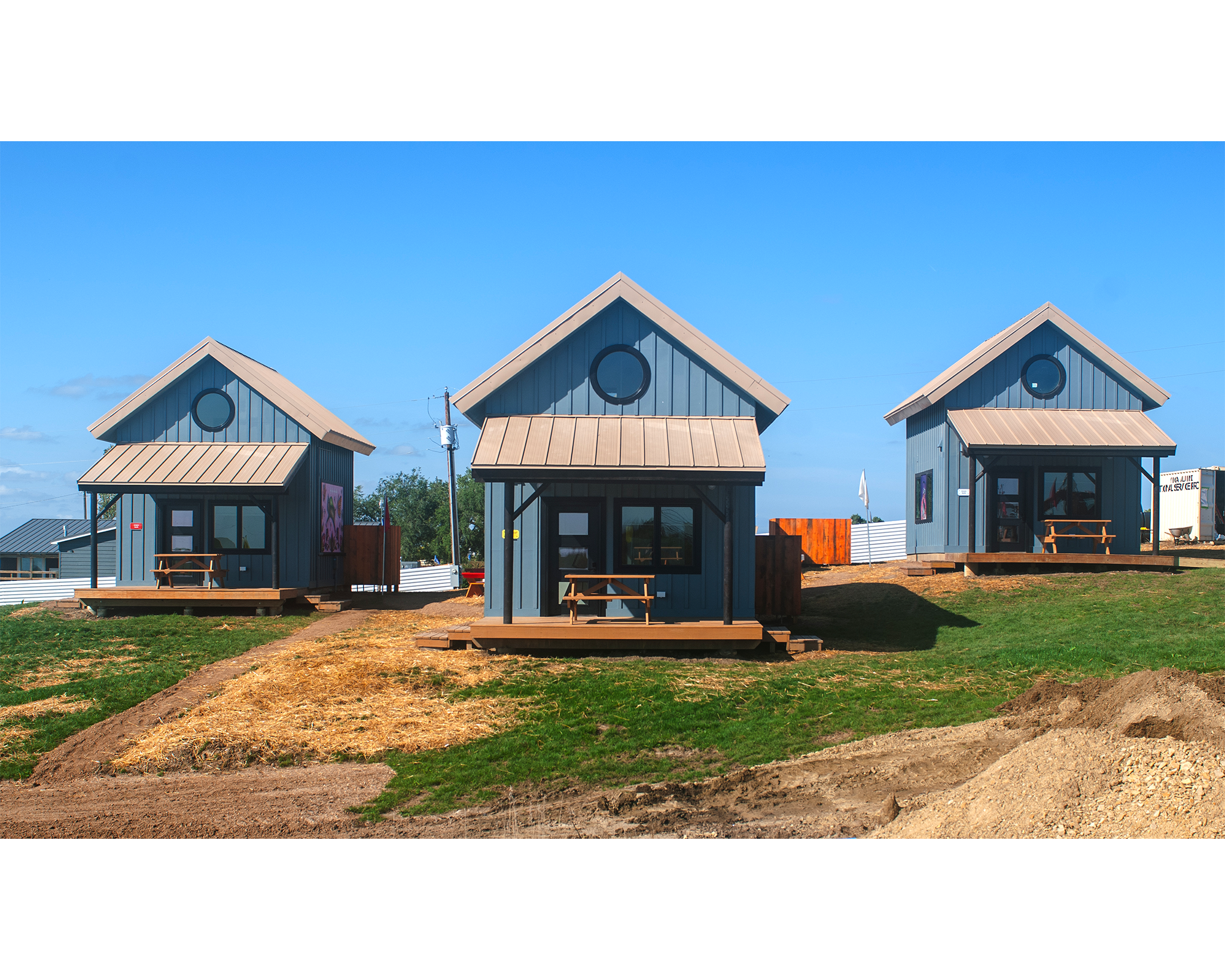The New York Times ‘Living Small’ series features a Tiny Home project on the Cheyenne River Reservation in South Dakota by Annie Coombs, School of Architecture faculty. Built through community engagement, the project offers transitional housing for young people living in overcrowded homes who need a safe and supportive environment to launch.
Read the full article here.
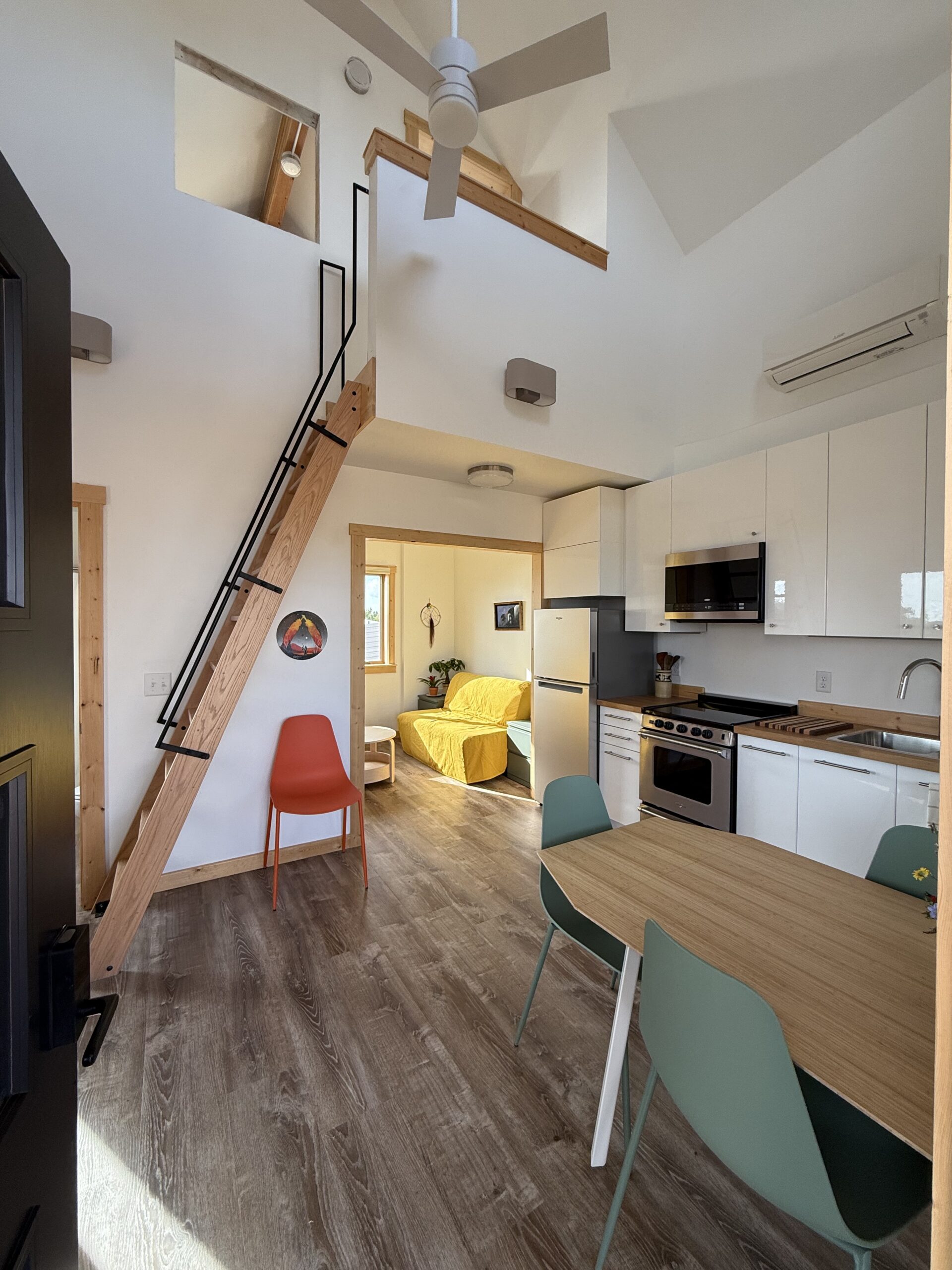
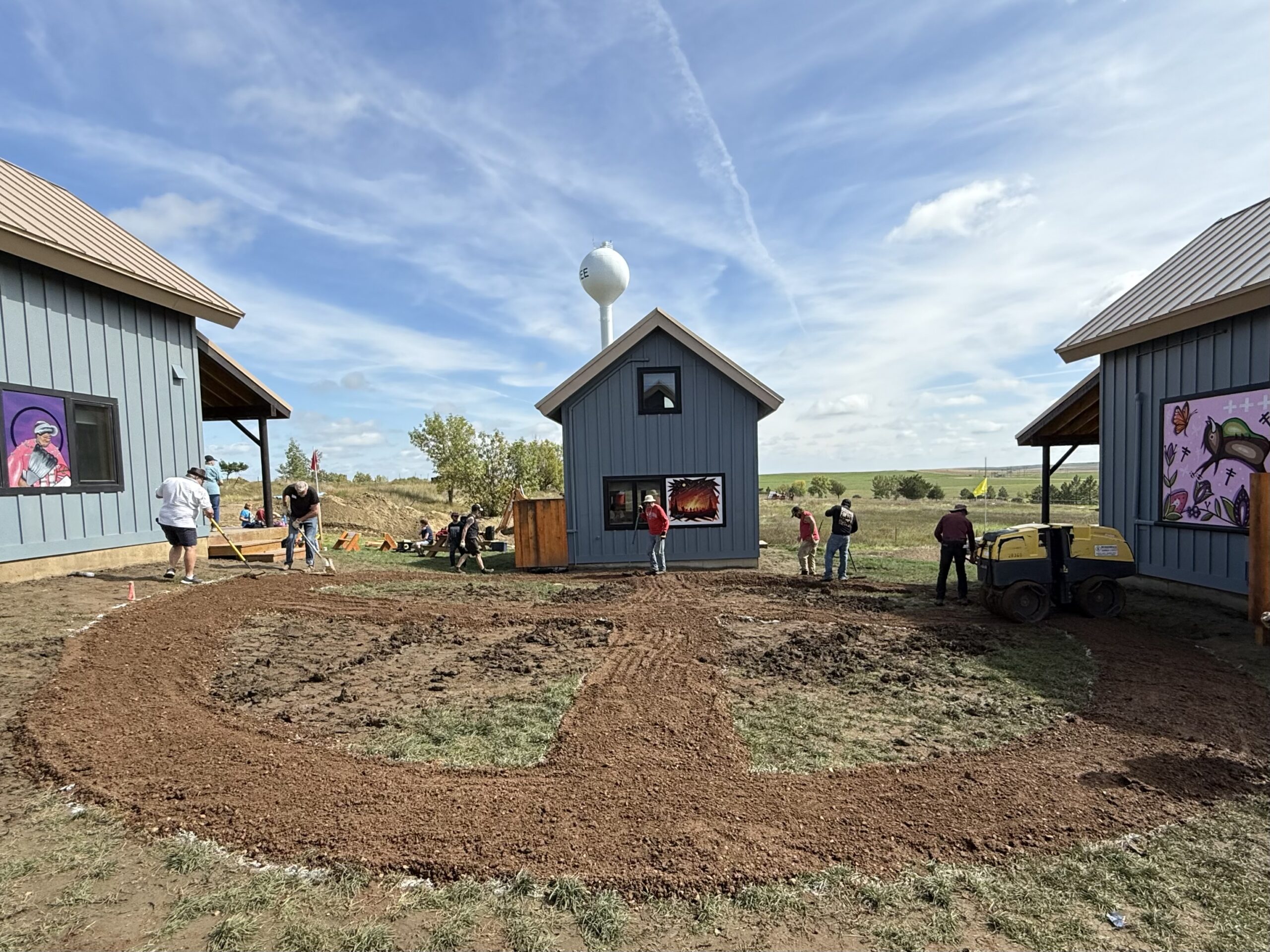
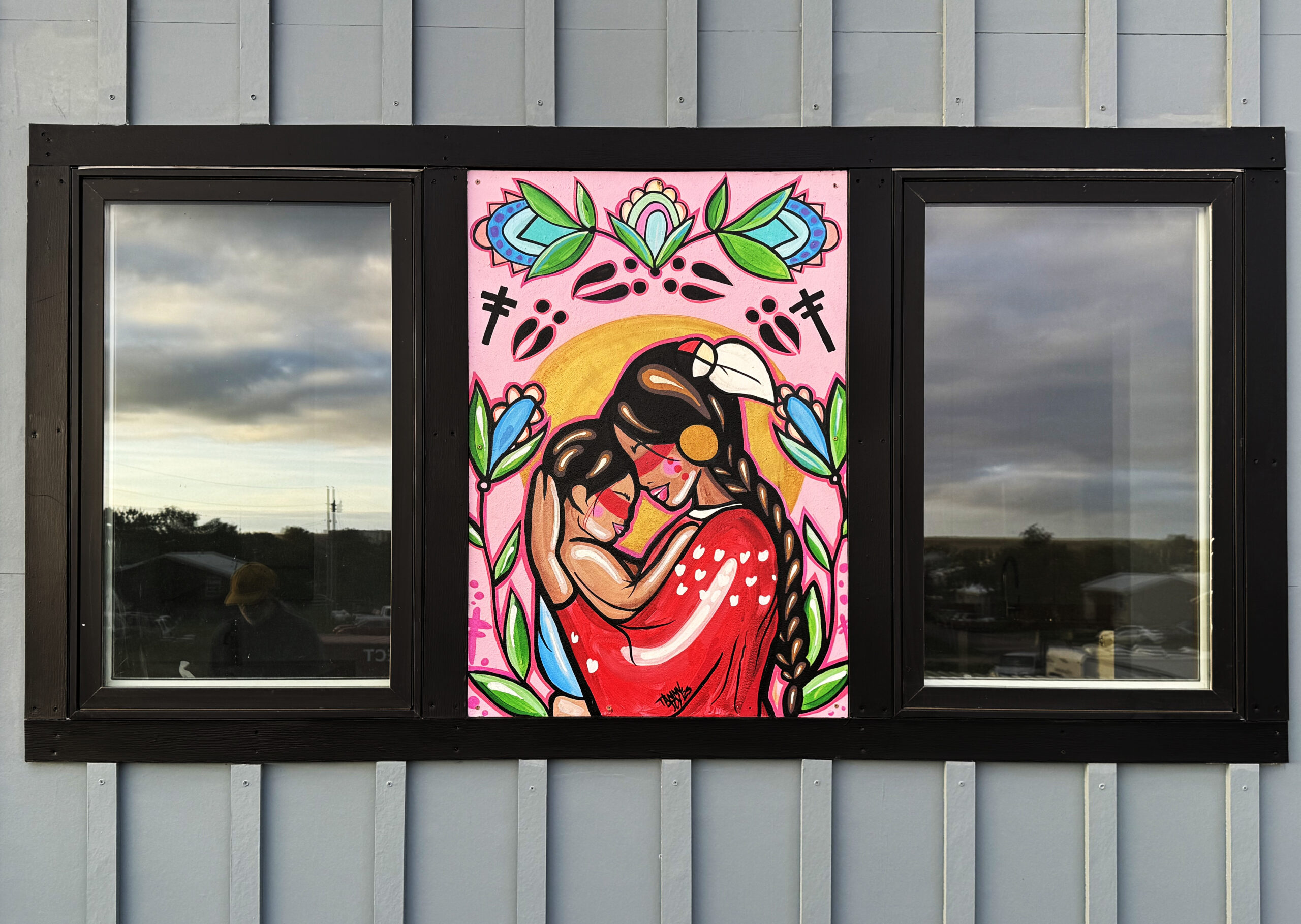
The Morning Star Tiny Home Community is a space of healing, with the layout and ethos rooted in Lakota values and spirituality. The Anpao Aichahpi, Morning Star, is the brightest star in the eastern horizon. It represents the way the spirits come to the earth and serves as a connection between the living and spirit world. The site plan, in the shape of a medicine wheel, speaks to the traditional tipi camp layout which included entry from the east, and a community gathering space for cooking and ceremonies in the center of the structures. The circular window above the entry speaks to the cyclical patterns in life and nature which has great significance in Lakota culture. On the exterior of each building there is dedicated blank space where local artists have depicted scenes from Lakota life, culture and spirituality.
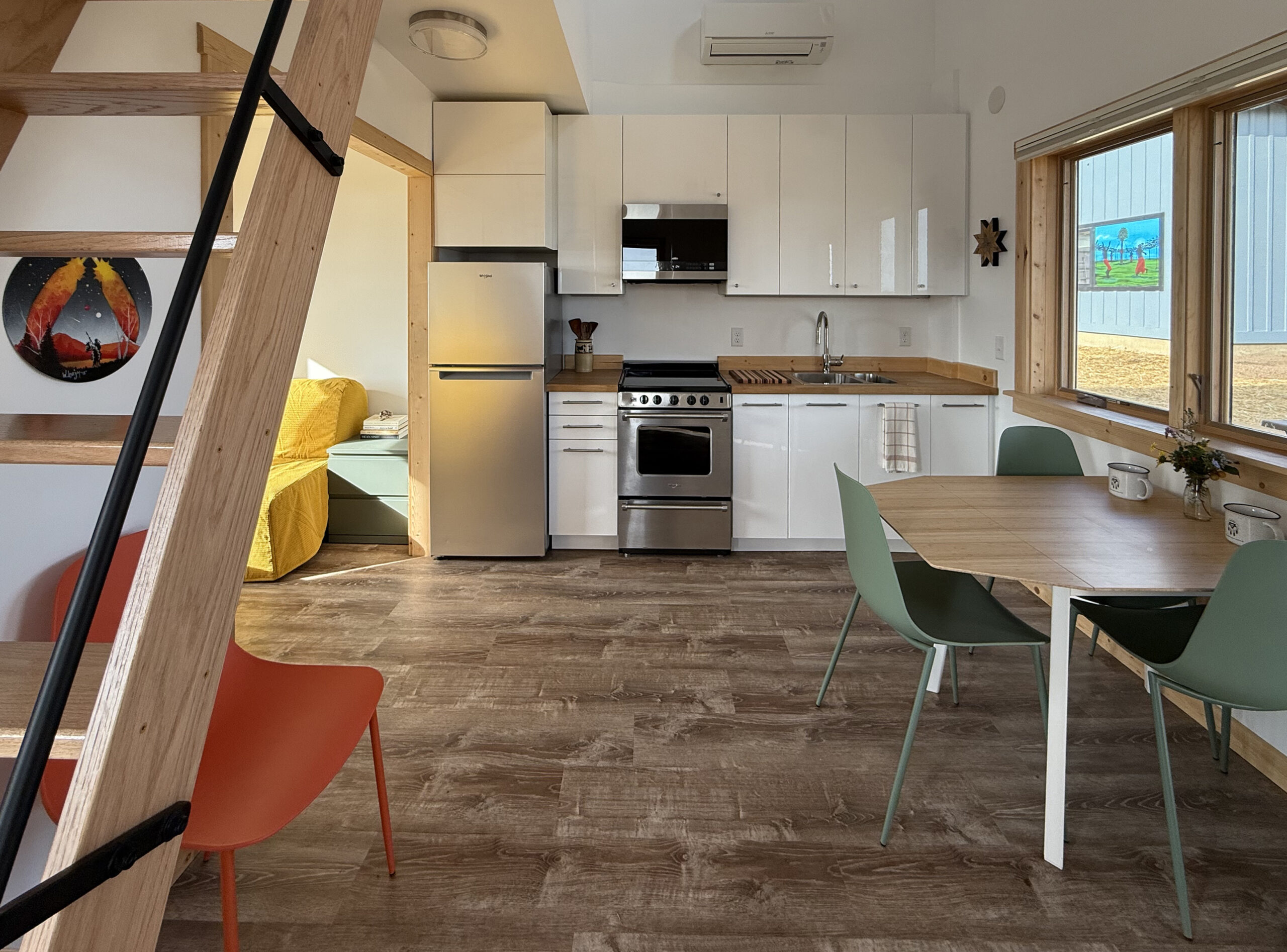
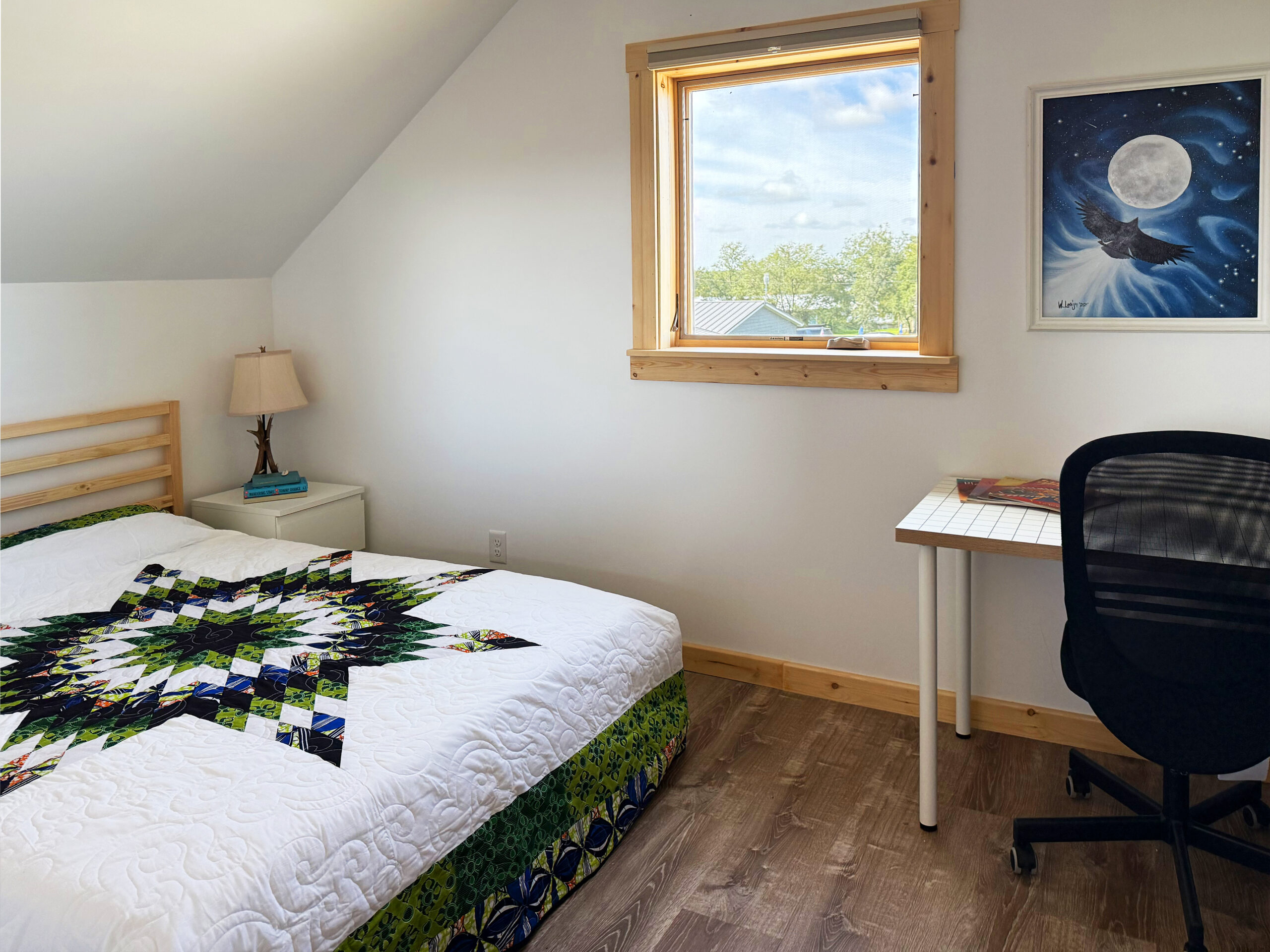
In Lakota culture, everything in our world is related – from humans to animals to plants and resources like the sun and water. It is from this mindset that this project harnesses the inherent energy nature provides with the goal of being energy sovereign. The homes are constructed with SIPs (structurally insulated panels), giving the exterior envelope a passive house insulation value to protect against the prairie’s weather extremes. One of the homes is ADA accessible and the other three are adaptable. They provide opportunities for intergenerational living, which is common in Lakota culture. Over 300 volunteers from across the country, plus local contractors worked on the homes. Move in is expected this month.
